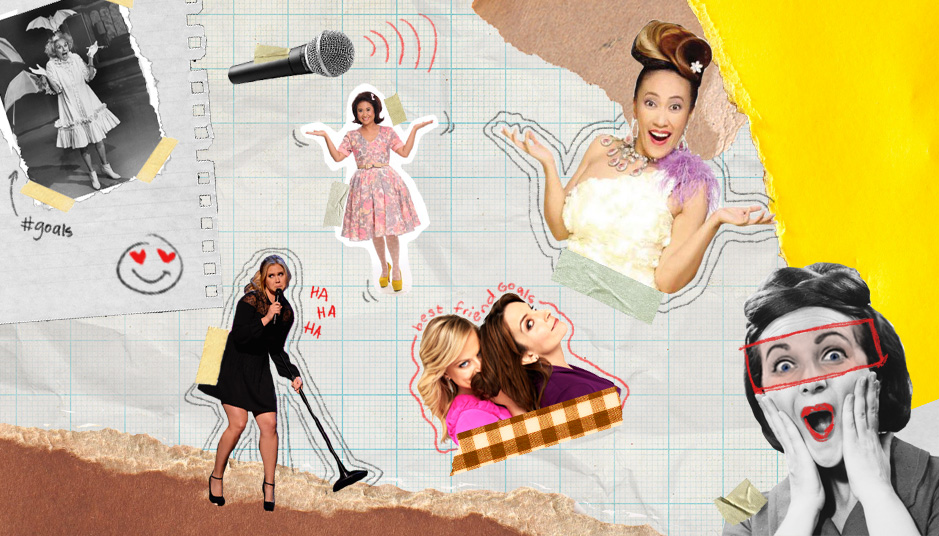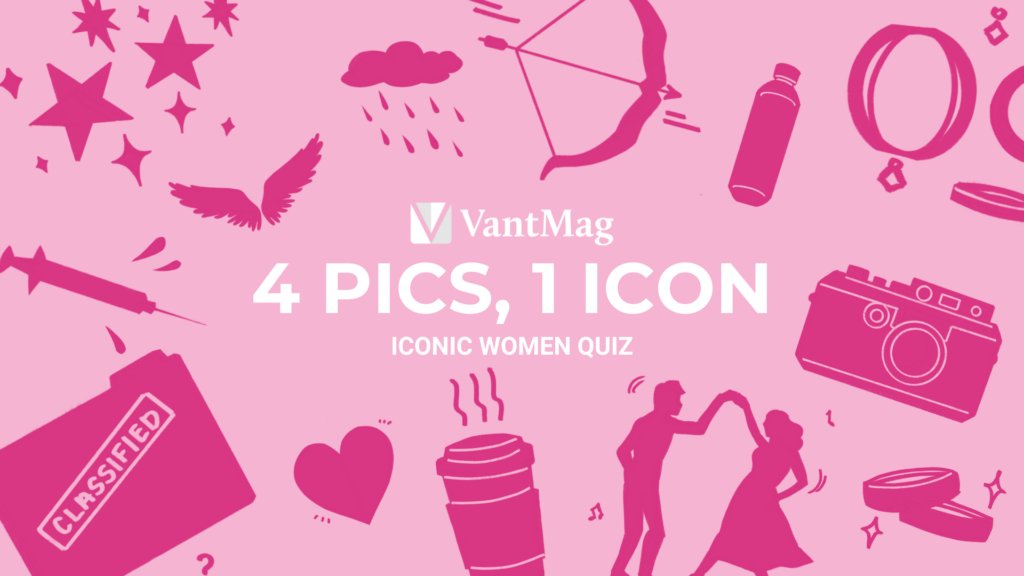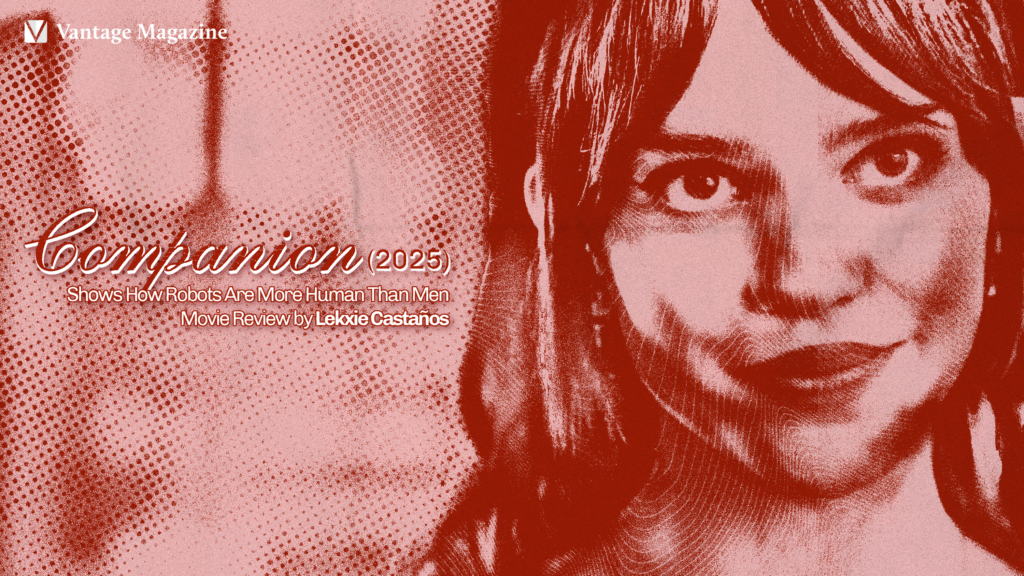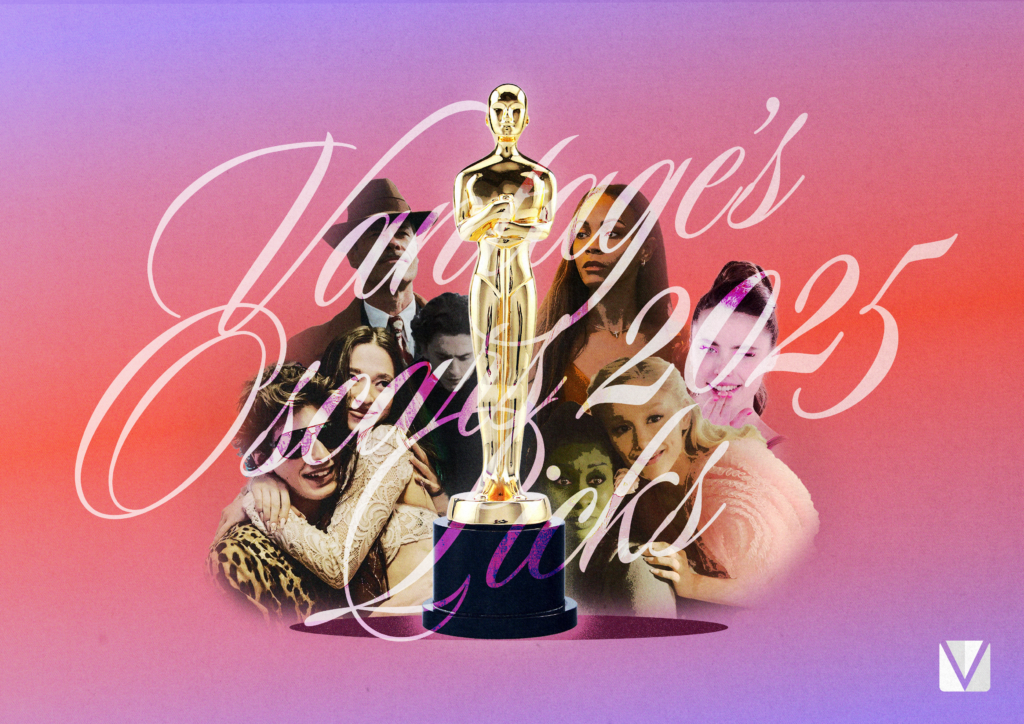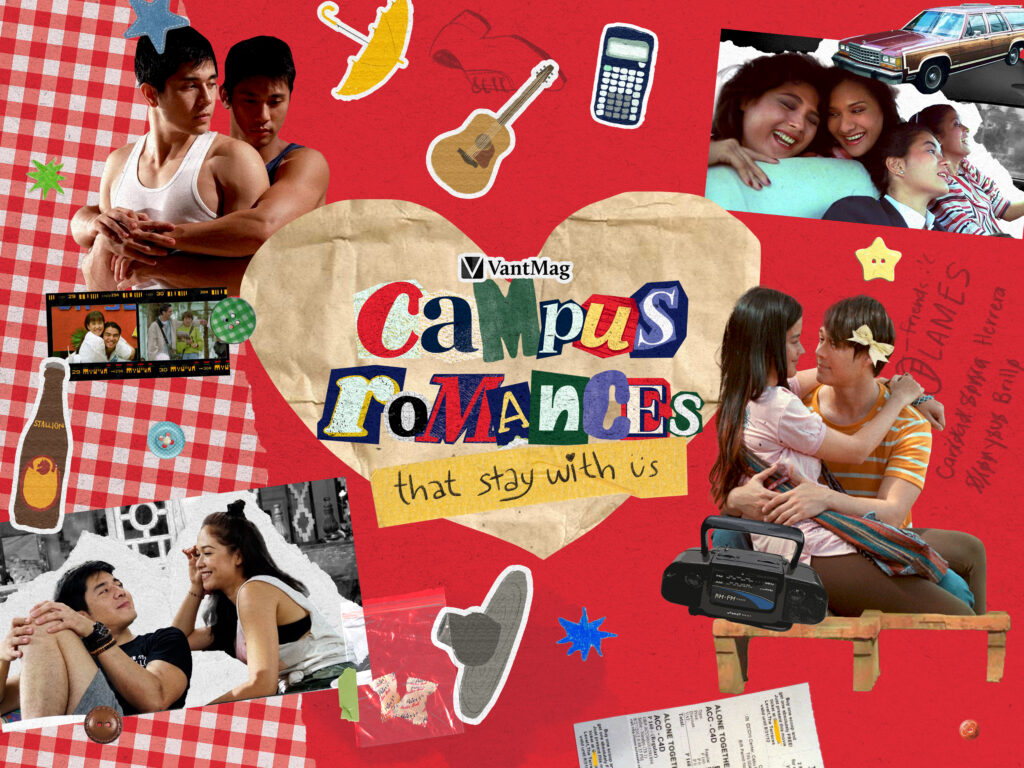With the successful reception of Judd Apatow’s latest film, Trainwreck, audiences everywhere are feeling the change in how women are portrayed in romantic-comedy movies. In his other notable films such as Knocked Up and Bridesmaids, Apatow’s female protagonists don’t shun away from the possibility that women can be loud, raunchy, and, most importantly, funny.
Amy Schumer, who wrote and starred in Trainwreck, is lauded for her boldness in delivering a character and plot far from predictable or cheesy. She is the anti-damsel in distress—an independent woman trying to find her way in love and life, jumping from one partner to another and drinking one too many beers. The script’s outspokenness about female humor and behavior is a breath of fresh air for comediennes everywhere, whose roles in the performing circle are trying to achieve the same success as Trainwreck.
Before Schumer’s success, female-driven comedy was always dismissed as a poor attempt at a profession dominated by male performers. Facing sexism and contempt, the pending question comediennes face today is not just if they can break through the stereotype that women can’t be funny, but if this battle will revolutionize the throes of feminism as well.
History and evolution
Women’s struggle as performers dates back to a time when they weren’t even considered performers. In ancient societies, it was considered illegal, immoral even, for a woman to be something other than a mother or wife; the notion that women could be even remotely funny was an idea more absurd than this. Up until the 20th century, many parts of the world still regarded women as second-class citizens who had no intellect, opinions, or rights.
It was much into the late ‘60s and ‘70s that women really started coming out into the world of comedy, but their birth was met with a myriad of disapproval and misogyny. Comediennes were often heckled and harassed off the stage by sexist audiences, or their shows simply weren’t supported. To make their sets work, they eventually reverted to the personas critics decided they were: Nonsensical and low-class. To earn the audiences’ laughs, they started dressing outlandishly and used self-deprecating humor in their material. Unfortunately for comediennes at the time, people were laughing at, and not with, them.
Early days: Female-driven comedies in the mainstream
One of the victims of this stereotype was Phyllis Diller, an American stand-up comedienne who was one of the first female comics. Starting a comic career in the 1950s was no easy feat when women were trying to cultivate for themselves an image of femininity. It wasn’t just Audrey Hepburn’s little black dress and pearls women were pining after, it was the aura of poise and grace icons such as Hepburn exhibited through their manner of speech. Trying to imitate the same coyness and mystery as Hepburn’s characters, eloquence with just a touch of timidity and naiveté marked the kind of language women strived for at the time.
When Diller stepped on stage for the first time in comic history, she not only shocked the world with her gender but with the clothes and kind of humor she espoused as well. With her wild blonde hair and garish clothes, Diller quickly became known for her eccentric character and straightforward manner of speaking. Her dry-cut and self-deprecating humor broke the boundaries of things that women back then weren’t supposed to joke, or even talk, about.
However, with the rise of the modern woman and, later on, feminism, Diller’s unabashed approach spawned a revolution for female-driven comedy. Prominent comediennes such as Lily Tomlin, Elayne Boosler, and Joan Rivers started coming up with new styles of comedy and humor that didn’t belittle the woman as a performer. Comic material went from self-directed to bawdy and political as feminism took flight during the 70s and 80s. Joan River’s risqué style brought women out of their comfort zones when it came to sex and social norms, giving rise to edgier material that showed women could be feisty and powerful as well. Suddenly, women could be inappropriate and sarcastic—contrary to what women were supposed to be like back then.
Turning the corner
As comedy began to round out into the way we know it today, female comedians continued to push the envelope on what they could and could not say on air. Talents like Tina Fey and Amy Poehler plied their trades on popular TV shows like 30 Rock and Parks and Recreation, while prominent directors like Judd Apatow provided comediennes with opportunities to showcase their abilities on the big screen. However, by and large, funny women were still relegated to complementary roles in ensemble pieces. While women had proven they could carry sketches and talk shows, there remained a lot of doubt in Hollywood that they could carry an entire comedy narrative.
And then came Bridesmaids.
Nearly five years on, it’s easy to overlook the sort of paradigm shift that Kristen Wiig’s raunchy magnum opus brought about. Women, for so long the straight-faced foils to their male counterparts’ crude and rude behavior, were suddenly pulling off fart jokes and sexual innuendos with panache, and it resonated with audiences to the tune of $288.4 million in box office revenue. Suddenly, female-driven comedies were making bank, and the rest of Hollywood was beginning to take notice.
Over the succeeding years, many up-and-coming comediennes would emerge to push the boundaries of female-driven entertainment through their comedy. From Lena Dunham’s musings on the modern youth on HBO’s Girls to the R-rated humor regularly featured on CBS’s 2 Broke Girls, female comedians in television were only growing more and more popular. Meanwhile, on the big screen, Bridesmaids alums Melissa McCarthy and Rose Byrne continued to take daring comedic roles in films like Spy and Neighbors, while young talents like Rebel Wilson and Amy Schumer crafted distinctly bold and modern voices to match a distinctly bolder, more modern industry.
Andrew Ty, an instructor specializing in Media Studies at the Communication Department, feels that, while feminism is a difficult concept to pin down, female-driven media both local and global allows for broader discussion on the subject.
“I’m not sure the conclusions we can draw from these films,” he began, “are new conclusions, radical conclusions, [or] feminist conclusions, but they certainly allow us to talk about those things.”
The Filipina comedy
In a conservative country like the Philippines, these radical shifts in styles and themes haven’t quite taken hold in local entertainment yet. In art as well as in life, Filipino women are still expected to conform to certain parameters of proper etiquette and behavior. Despite the great strides the feminist movement has taken in our society, we’re still very much a traditional nation. However, there is a strong female presence in our local comedy industry, and while they aren’t as bold as their Western counterparts, they are still fully capable of bringing the laughs.
Comedy personalities such as Ai Ai delas Alas and Eugene Domingo continue to be box office draws precisely because of their knack for making people laugh, and erstwhile romantic-comedy leads like Toni Gonzaga and Angelica Panganiban have displayed the kind of versatility that allows them to be capable comedic reliefs for their films. While still tied to the standards of conservative living, Filipino women in comedy have been given ample room to develop and refine their artistic voices.
“I don’t think it’s feminism,” Ty elaborated on Filipino women in comedy. “I don’t think it’s opening up conversations about sexuality and whatnot, but what I do think happens is that it’s generating stories: Stories that are not the typical stories driven by a male agent.”
The last laugh
In the Philippines, crass and offensive jokes still rule our stages, and comediennes either have to look funny or behave nonsensically at best to be able to crack a laugh. Because female driven comedy isn’t as big in the Philippines as it is in the States, we have yet to see the same shift from slapstick humor to the kind of well-thought-out comedy that uplifts the woman instead of trying to diminish her.
Whether it’s feminism or not, the fact that audiences are starting to look beyond the comedienne’s act and actually focus on the comedienne herself is a big step that wasn’t possible a couple of years ago. Many comediennes felt the need to conceal their sexuality with loose clothes, wild hair, and tawdry makeup—anything that would pull the audience’s attention away from criticizing them. Whereas before women felt they needed to be ugly and self-deprecating to be funny, it is now considered attractive when a woman has both beauty and brains. Satirical humor and witty comebacks have become the mark of intelligence, and women, whether comedienne or not, are starting to get respect for that.
*All box office figures from Box Office Mojo.


